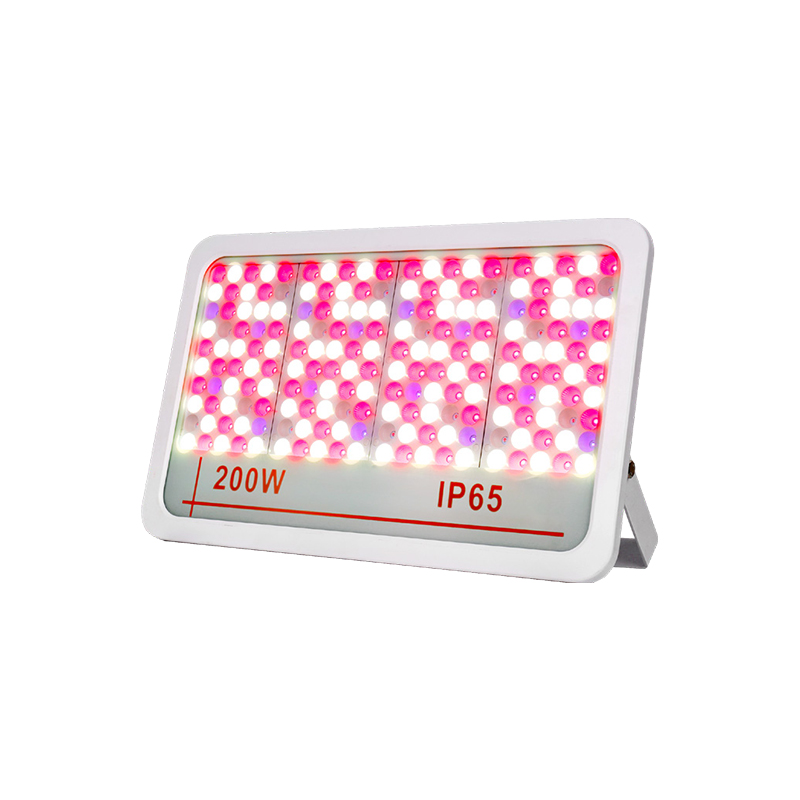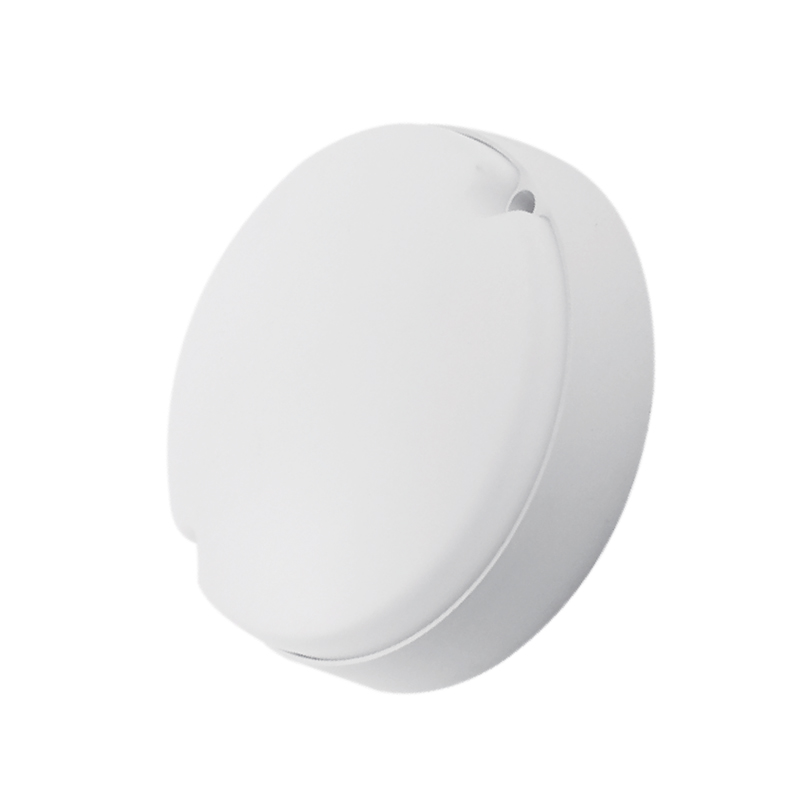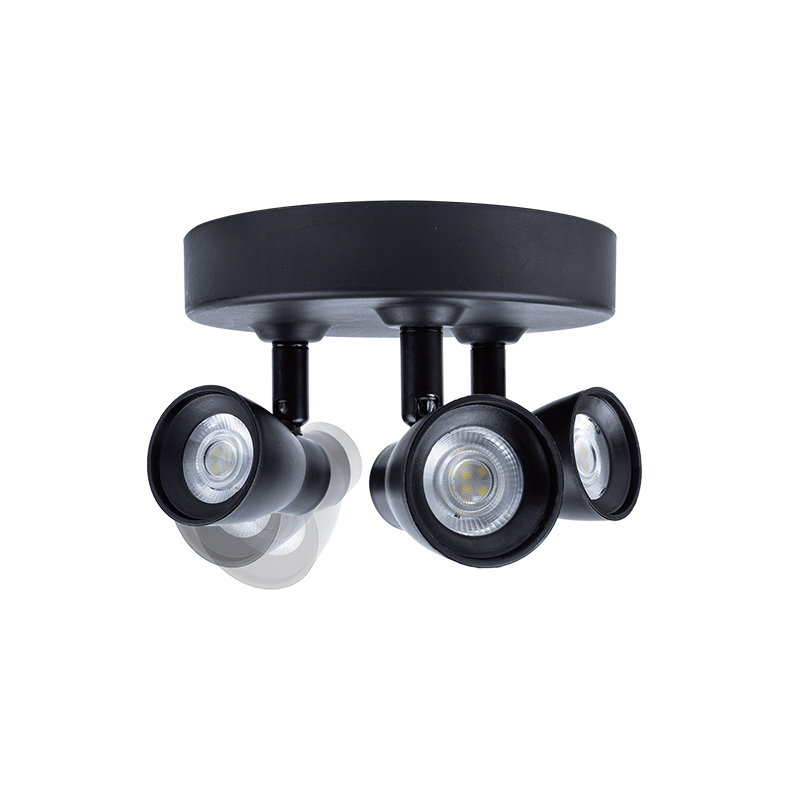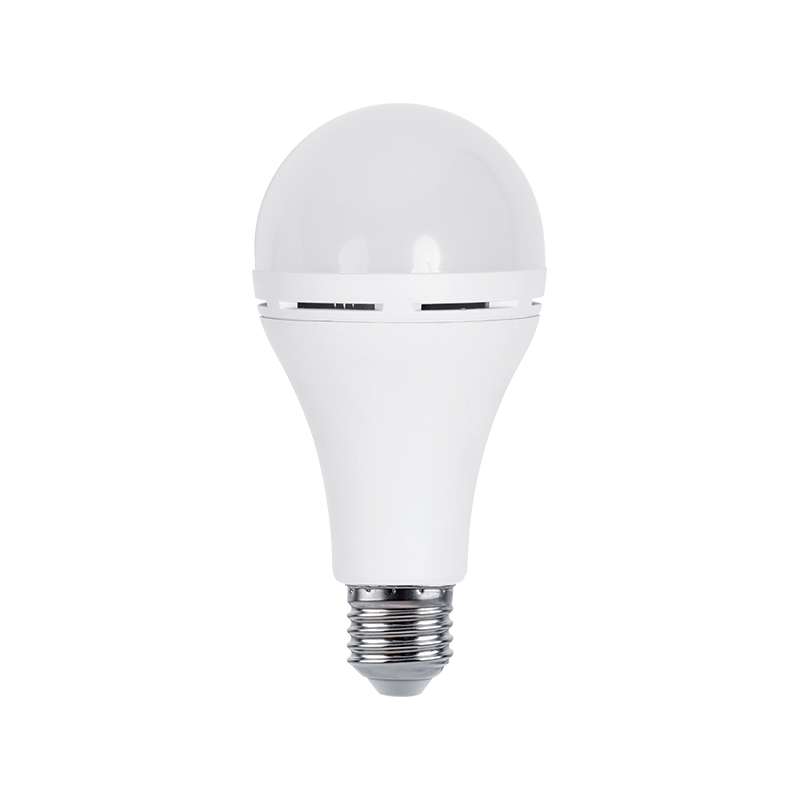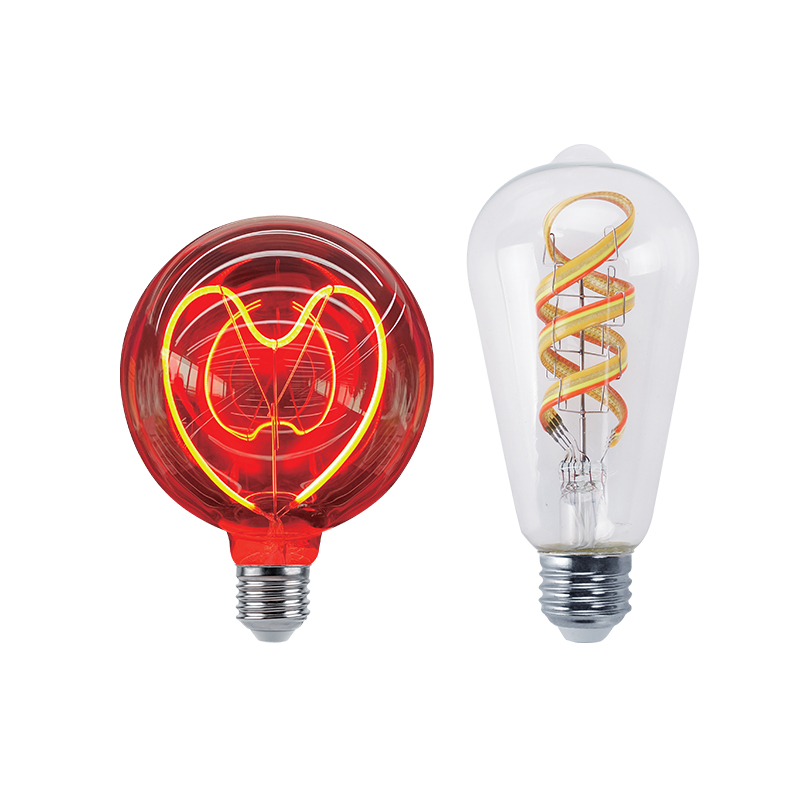We sincerely look forward to establishing a long-term development partnership with you with good quality and professional services.
Chip quality has a great impact on the service life of LED SMD Bulbs, which is mainly reflected in the following aspects:
Material purity
Luminous efficiency decay rate: High-purity chip materials can keep the LED's luminous efficiency stable for a long time. Taking gallium nitride (GaN) chips as an example, high-purity GaN materials can make LEDs have high luminous efficiency at the beginning of use, and after thousands of hours of use, the luminous efficiency decay may be only 5% - 10%. If the material purity is insufficient and there are more impurities and defects inside, then within the same use time, the luminous efficiency decay may reach 20% - 30%, greatly shortening the time that the LED can maintain a good luminous effect.
Heat generation: High-purity materials have high recombination efficiency of electrons and holes and less non-radiative recombination, so the heat generated is relatively less. For example, under the same operating current, the junction temperature of a chip using high-purity materials may be 10 - 15℃ lower than that of a chip using low-purity materials. Working at high temperature for a long time will accelerate the aging of the chip, so the low-purity material chip will significantly shorten the life of the LED due to the high heat generation, which may be only 50% - 70% of the life of the high-purity material chip LED.
Manufacturing process
Antistatic ability: Advanced manufacturing process can improve the antistatic ability of the chip. Chips that have been well processed can withstand higher static voltages, generally reaching 2000 - 3000V or even higher electrostatic discharge (ESD) levels. Chips with poor process may have an ESD level of only 1000 - 1500V, which is more susceptible to static damage during use. When encountering some daily static phenomena, it may cause damage to the internal structure of the chip, shortening the life of the LED from the normal tens of thousands of hours to thousands of hours.
Chip consistency: Excellent manufacturing process can ensure the consistency of the chip, and the chips of the same batch have small differences in parameters such as luminous color, brightness, and forward voltage. This means that in actual applications, the LED SMD Bulbs composed of these chips can maintain relatively consistent performance when working, and will not be damaged prematurely or have their overall life reduced due to performance differences of individual chips. However, the large discreteness of chip parameters caused by poor process will cause some chips to be subjected to uneven stresses such as current and voltage during work, resulting in premature aging and failure, affecting the service life of the entire bulb.
Internal defects and reliability: The lithography accuracy and epitaxial growth quality in the manufacturing process will affect whether there are defects inside the chip. High-precision lithography can make the chip's electrodes, active areas and other structures more precise, reducing problems such as current crowding; high-quality epitaxial growth can make the chip's crystal structure more complete and reduce defects such as dislocations. If there are process defects, the chip may experience local overheating, leakage and other problems during work, shortening the life of the LED from the normal 50,000-100,000 hours to 20,000-50,000 hours.

 English
English Español
Español Deutsch
Deutsch
